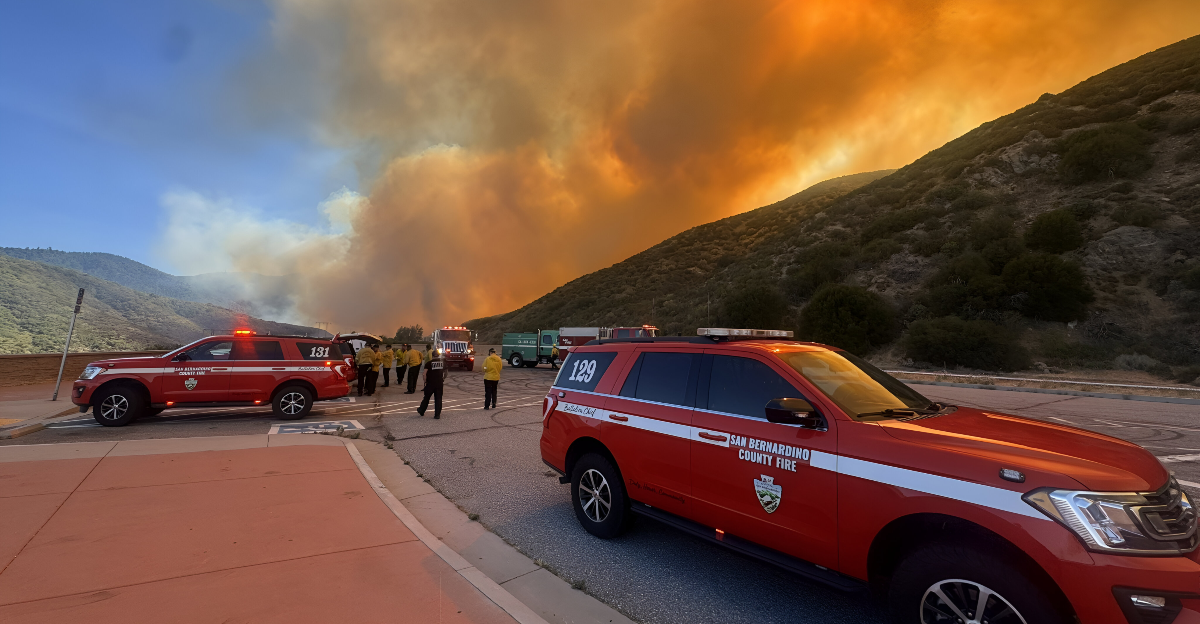
The Trout Fire north of Silver City, New Mexico, erupted in a ferocious blaze that even seasoned firefighters couldn’t fathom. Within days, it had destroyed over 24,000 acres and forced Governor Michelle Lujan Grisham to declare a state of emergency and bring in the National Guard.
This is no ordinary fire; thus far, it has rattled and shocked local communities, ecosystems, and emergency networks equally. But as smoke clouded the air and evacuations spread across the region, the true story was only just beginning to reveal itself.
This wildfire has many spiraling consequences and may prove a lesson for the future.
The Origins of a Blazing Fire
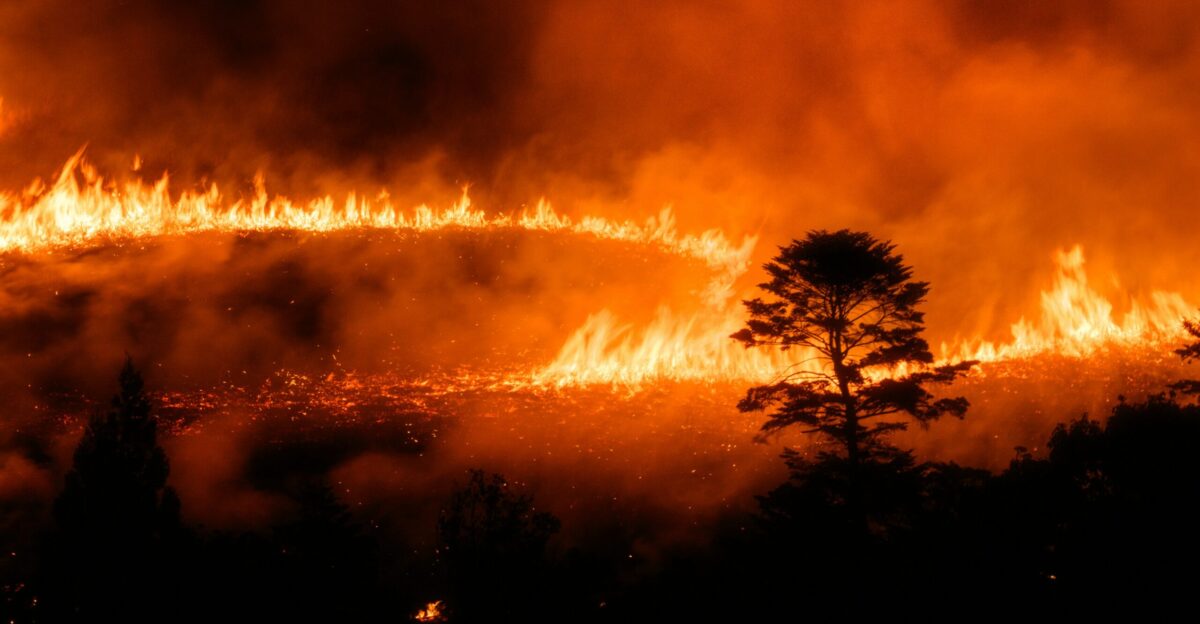
The Trout Fire began when lightning struck on June 12, 2025, igniting dry grass, brush, and timber in the Gila National Forest. Spurred by harsh droughts, hot temperatures, and windy weather, the fire spread quickly, growing from 500 to over 24,000 acres in mere days.
Experts cite a shifting climate and chronic dryness as reasons for New Mexico’s terrain becoming a tinderbox on which even a minimal spark can ignite a catastrophe, setting in motion ripple effects that will be felt well beyond the fire’s flames.
Smoke on the Horizon: The Ripple Effects on New Mexicans
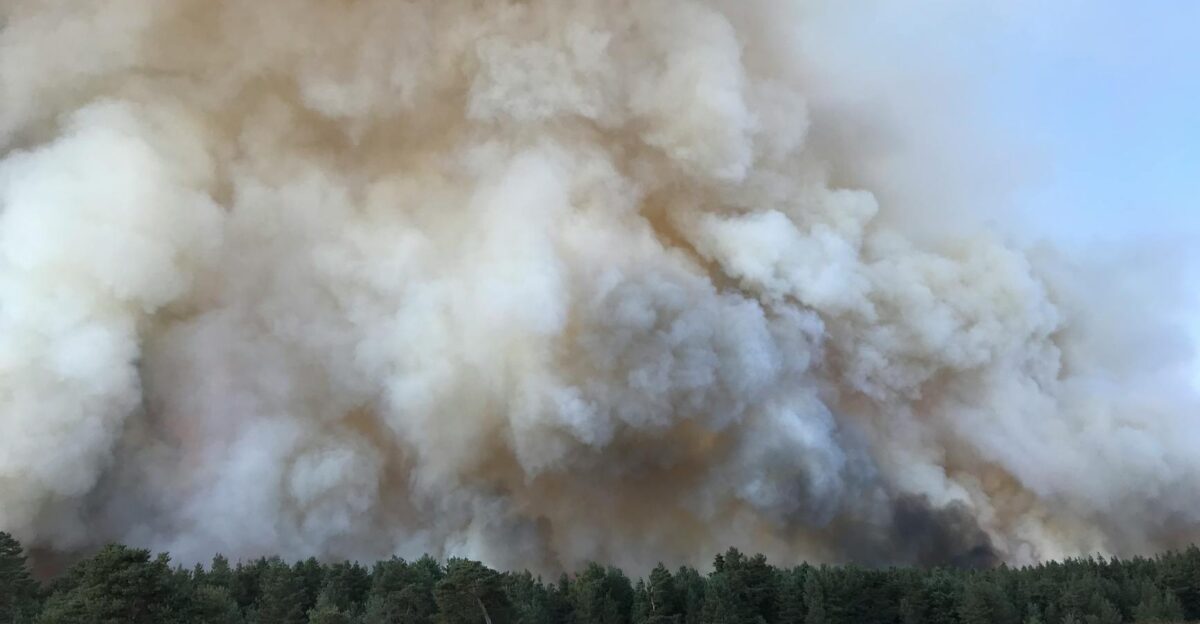
As the fire raged, roughly 2,000 homes were forced to evacuate, highways were shut down, and the air quality worsened from Silver City to Las Cruces. The state’s Department of Health issued smoke advisories, warning residents about the harmful nature of the air quality. The fire, therefore, didn’t just spread through the Gila National Forest; it changed daily routines, priorities, and the air for over 100 miles.
Making Do on the Fly: New Routines, New Dangers, and Wildlife at Risk
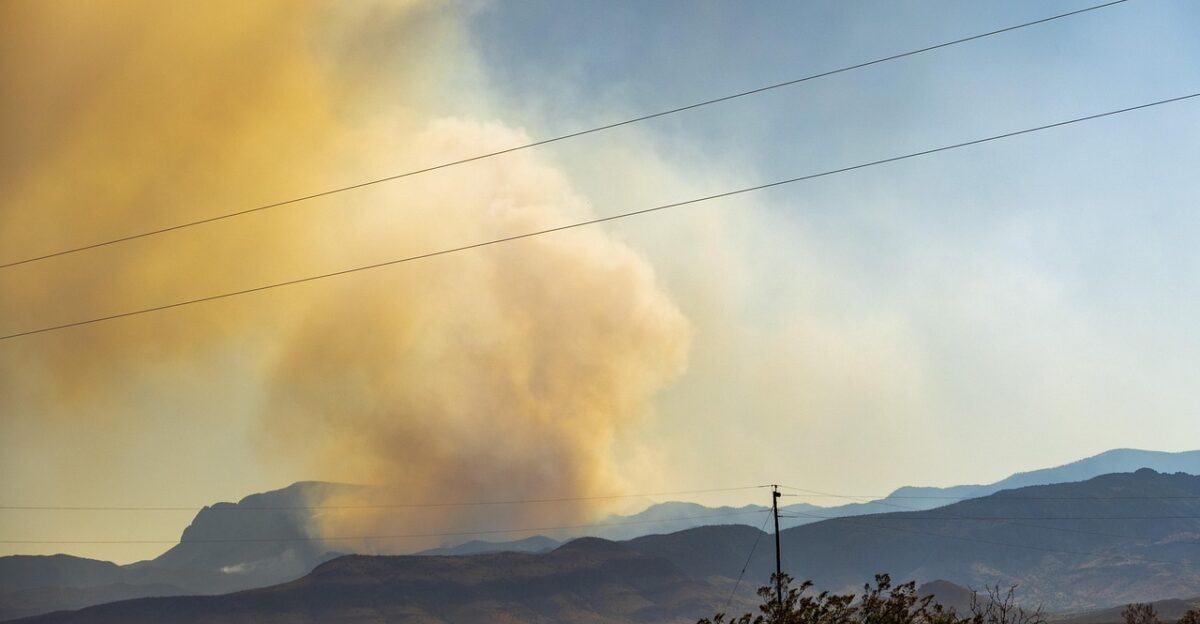
When the landscape changed, wildlife and humans alike hurried to adapt. Emergency kits and “go-bags” were filled, and the “Ready, Set, Go!” initiative started to gain traction as households prepared for evacuation. But the fire’s effects bled over into the region’s unique wildlife: endangered Gila trout faced habitat loss and toxic runoff, while deer, birds, and small mammals fled or perished in the burning chaos.
Behind the Scenes: Firefighting Evolves Under Pressure
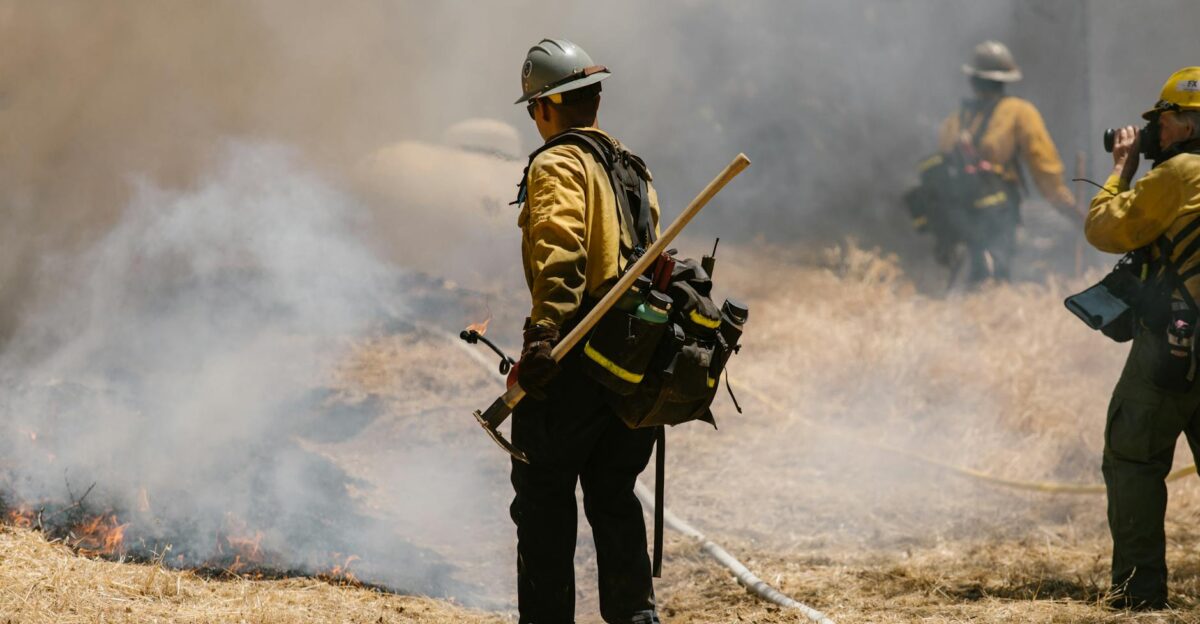
Firefighting strategies evolved rapidly as the Trout Fire outpaced containment efforts. Over 875 personnel, including hotshot crew teams, helicopters, and dozers, worked around-the-clock shifts.
The state leveraged federal resources via Fire Management Assistance Grants, bringing extra crews, engines, and air assets. Fire officials reopened historic fire lines, deployed aerial retardants, and concentrated on protecting homes, critical infrastructure, and endangered wildlife habitats.
Nature’s Dominoes: Environmental Fallout Begins
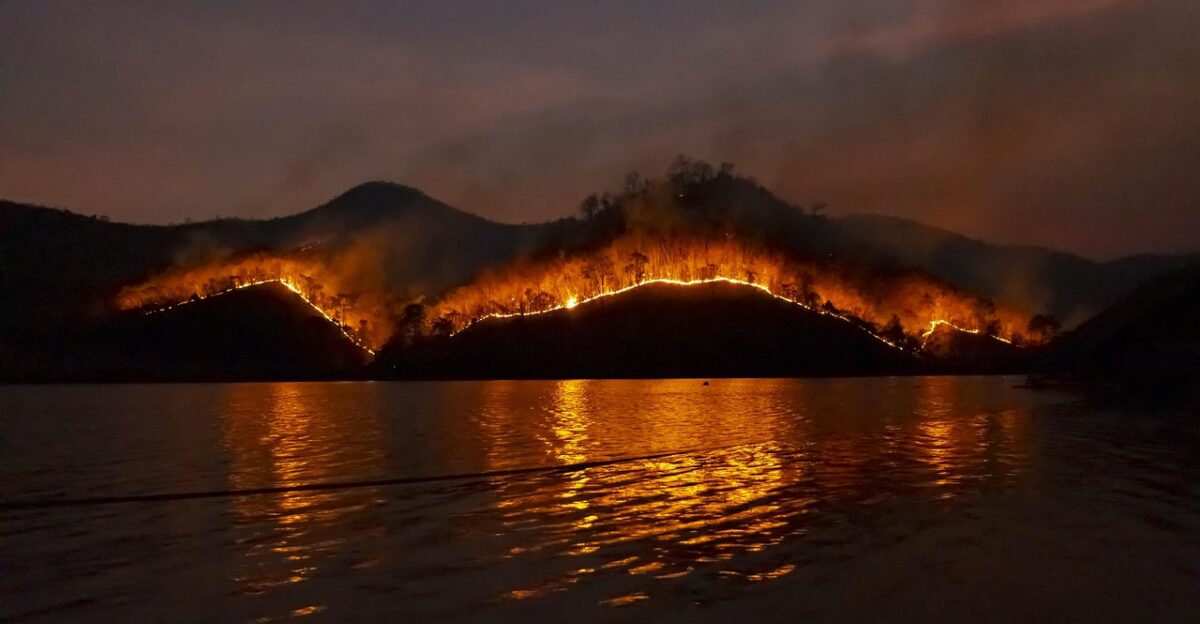
The immediate environmental toll is stark. The fire’s heat sterilized the soil, burned up plant cover, and paved the way for severe post-fire soil erosion once the monsoon rainy season arrives. Ash and debris washed into streams, threatening water quality and aquatic habitats. Vegetation loss contributes to landslide and flash flood threats, and the scoured landscape is now ecologically unstable.
Wildlife on the Edge: The Struggle for Survival and Recovery
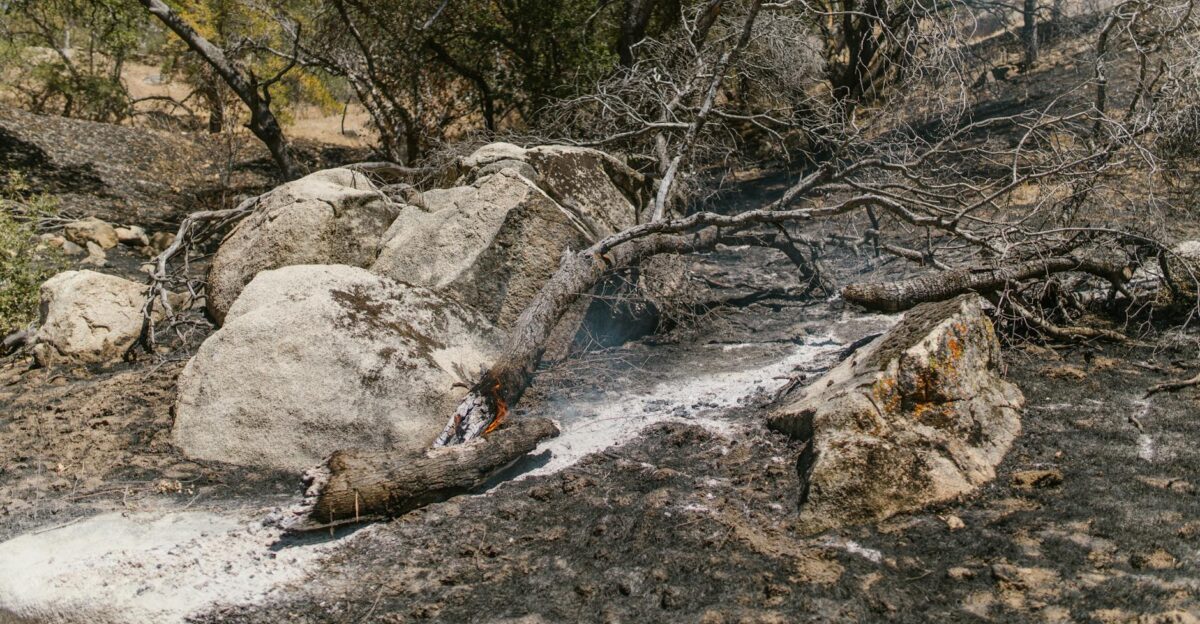
At the local level, the fire was both a catastrophe and, paradoxically, an opportunity. The ash and debris killed most fish and small animals, while larger animals were driven onto unfamiliar, often dangerous ground.
However, as researchers have pointed out following previous wildfires, the destruction of non-native species opens the door for native species restoration. But rehabilitation, including restocking and habitat restoration, will take years of planning and coordination.
A Native Species in Peril
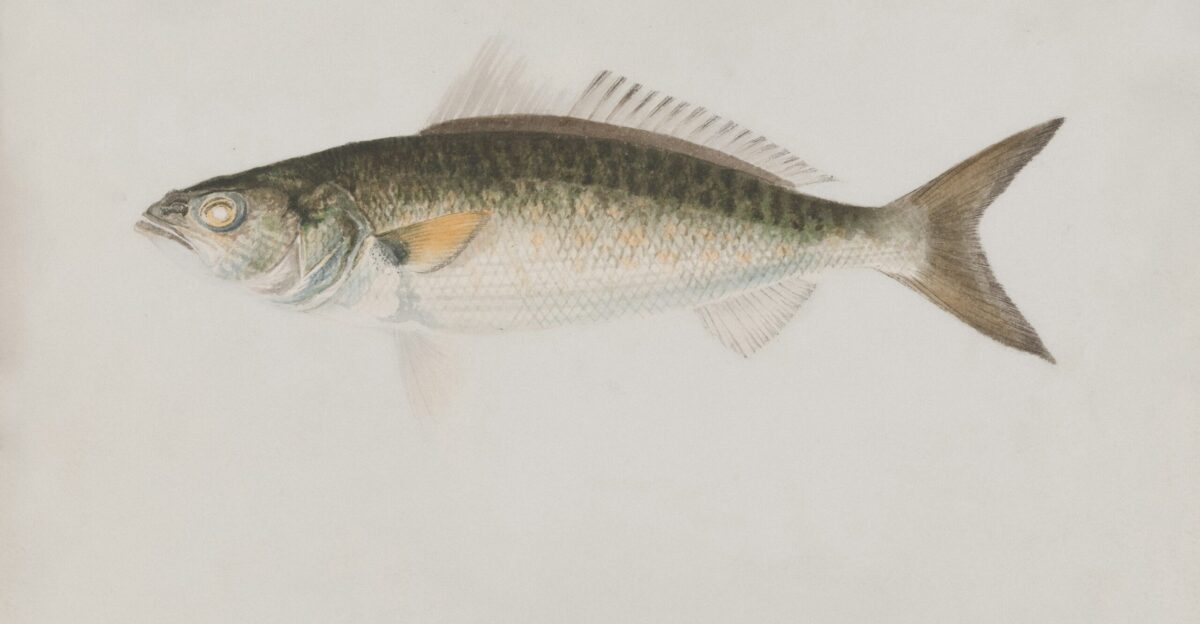
The endangered Gila trout (Oncorhynchus gilae) is native to Arizona and New Mexico, and thrives in the region’s cool, fast streams. However, the species became endangered due to habitat loss, drought, invasive species, and wildfires.
The recent Trout Fire has devastated populations further by destroying their habitat and poisoning the waterways in which they once thrived. Now, conservationists will need to work harder to rescue and relocate the species, but their recovery is a race against time.
Voices from the Fireline: Human Stories and Hard Choices
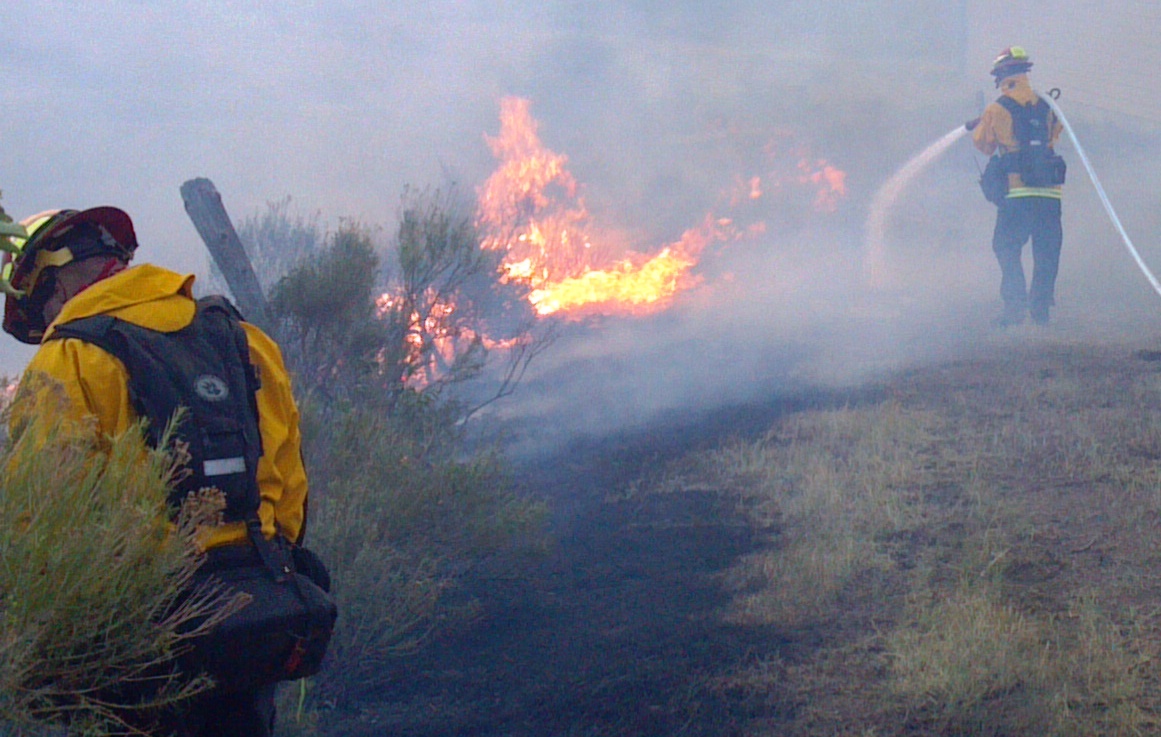
On the ground, there was a shared sense of community as neighbors helped each other, posting live updates on TikTok and Reddit, and supporting one another through the uncertainty.
Residents told of harrowing evacuations and the pain of watching much-loved landscapes burn away. Firefighters spoke of extreme exhaustion but took pride in their steadfast efforts to hold the line. Meanwhile, local officials are concentrating on organizing shelters and services for impacted families.
Policy, Prevention, and the Debate Over the Future
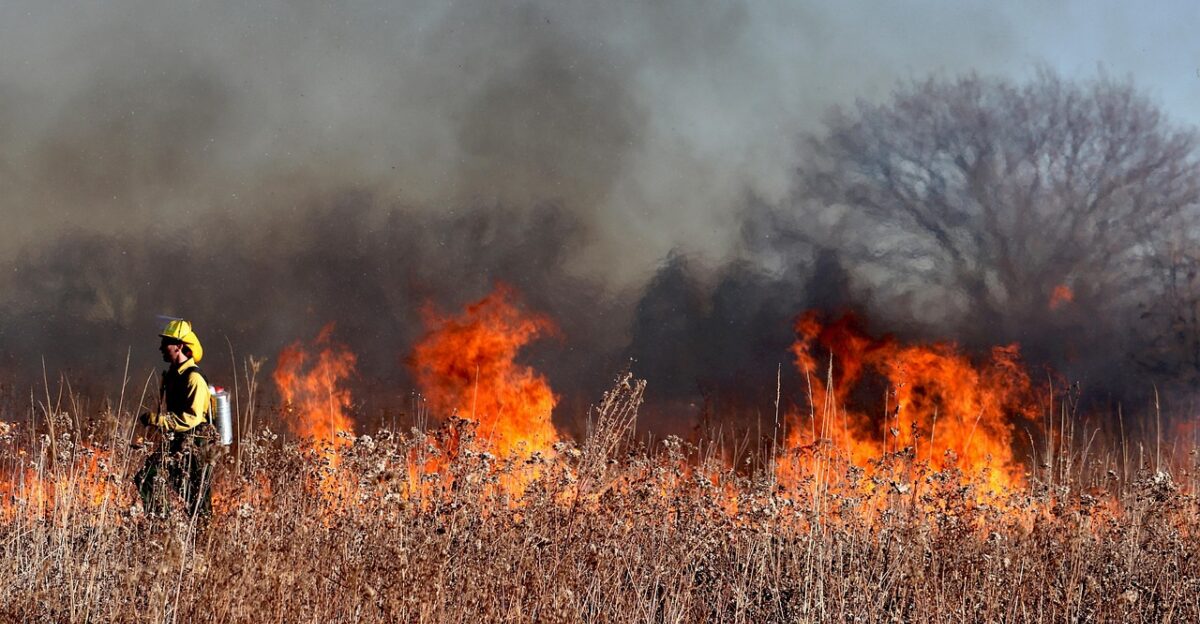
Governor Michelle Lujan Grisham’s declaration of a state of emergency triggered swift action from lawmakers, who unlocked $750,000 to be used for response and the deployment of the National Guard.
Advocacy groups called for more controlled burns, better land management, and equitable recovery funding. While state legislators debated new wildfire suppression and post-fire recovery funds, and regulators pushed utilities to harden infrastructure and develop year-round fire mitigation plans.
What Now? Actionable Insights for a Fiery Future
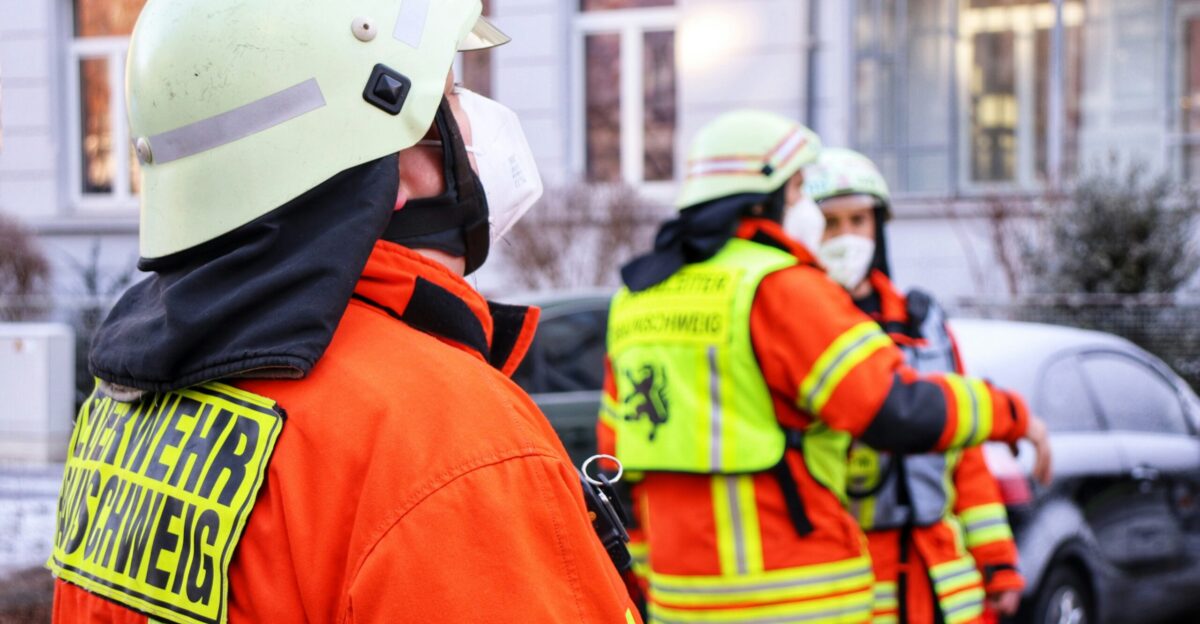
The Trout Fire is a wake-up call not just for New Mexico but for all regions with rising wildfire dangers. Experts advise residents to prepare for evacuations, pre-stock emergency supplies, and watch for official announcements.
At the larger scale, communities must invest in fire-resilient infrastructure, facilitate ecological recovery, and endorse science-driven fire management. Wildfires are increasing in scale and frequency, and with proactive steps, lives can be saved and recovery hastened.
Reimagining Life on the Fire Line
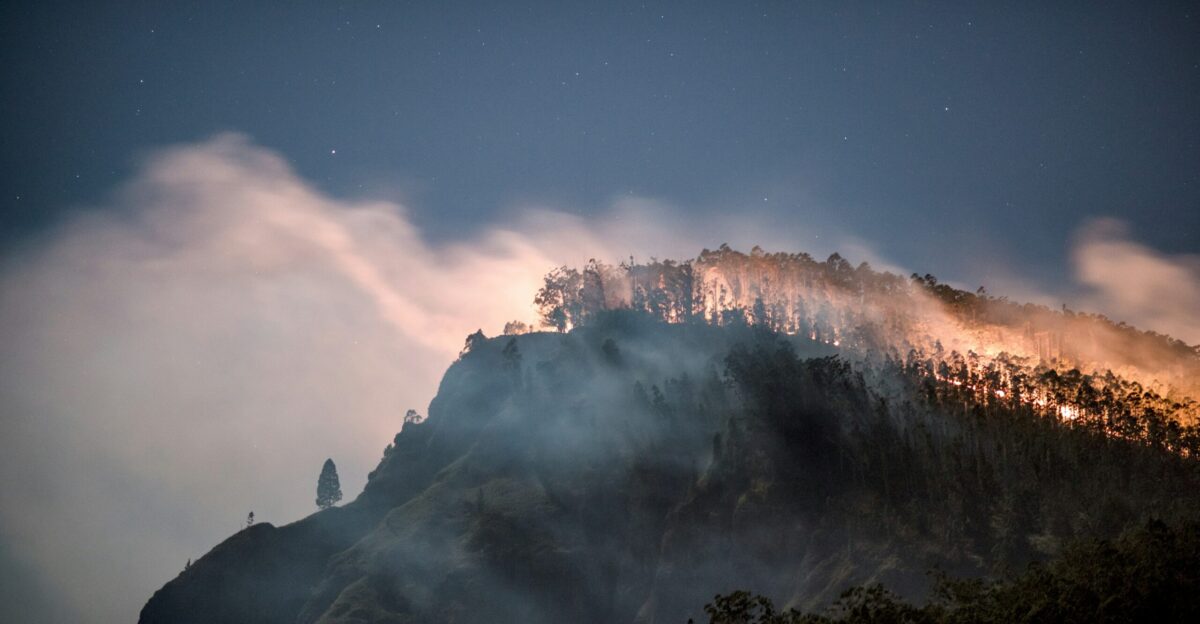
This wildfire’s story doesn’t end with containment. It continues in the ripples—the change in air and water quality, the impact on wildlife, policy changes, and the human cost.
The lesson is clear: a single fire has the power to upend routines, reshape landscapes, and force us to rediscover how we live alongside nature’s brutalities. But it also illuminates the resilience of adaptability, ingenuity, and civic spirit. In the face of the flames, the future lies in preparedness, prevention, and preservation.







